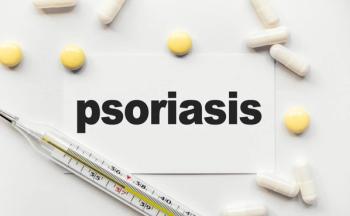
COVID-19 and Health Disparities: An Opportunity to Refocus Resources?
Stark realities exposed by the pandemic have led some to advocate for redirecting resources to have the most impact on vulnerable populations.
As public health officials grapple with the disproportionate impact of coronavirus disease 2019 (COVID-19) on the nation’s most vulnerable populations, some groups propose making the most of resources already in place or implementing new targeted interventions.
A report from The Commonwealth fund entitled “Beyond the Case Count: The Wide-Ranging Disparities of COVID-19 in the United States”
Importantly, researchers note that trust is integral to successful policy, writing, “Low approval ratings of government officials among Americans may speak to issues with trust. This needs to be addressed for future policies and initiatives to be successful.”
Building upon the trust already established between some Americans and
Capitalizing on this notion, Maryland’s COVID-19 task force on vulnerable populations was able to leverage data on social determinants of health to rapidly pinpoint populations most at risk of severe COVID-19 complications, while modeling how other states can carry out similar feats. Through public-private partnerships, the state of Maryland secured immediate care for hundreds of the state’s most vulnerable residents within weeks.
“We needed a data-driven approach…to determine which targeted resources were needed,” said Susan Mani, MD, the chief population health officer for LifeBridge Health, in an
Through the public-private coalition, Mani partnered with Trenor Williams, MD, the CEO and cofounder of
According to Mani, risk stratification within vulnerable populations played a big role in the program’s success. “We can’t just think about risk as a sort of set bubble. We really need to be able to risk stratify so that we can then disseminate this information at a neighborhood level and then down to an individual level.”
Williams credited much of the program’s rapid success to the state’s already in place health information exchange (HIE) system,
“Because our public health officials knew, boots on the ground, a lot of the different members of these different areas, we were able to create that relationship,” Mani said. “Within about the first 25 days of doing this kind of work in those counties, we were able to see 1000 high-risk individuals.”
The pandemic provided an opportunity to think about the importance of a collective impact strategy at a large level, Mani and Williams explained.
“In times of crisis, you’re able to break down the historical barriers that existed and bring people together in a much more efficient and effective way,” Williams said.
Now, nearly 1 year into the pandemic, regulators on Friday issued an
Front-line health care workers and residents of nursing homes will be the first to receive the immunization as part of the largest
Hear some of the interviews from this series in these Managed Care Cast episodes:
Newsletter
Stay ahead of policy, cost, and value—subscribe to AJMC for expert insights at the intersection of clinical care and health economics.







































